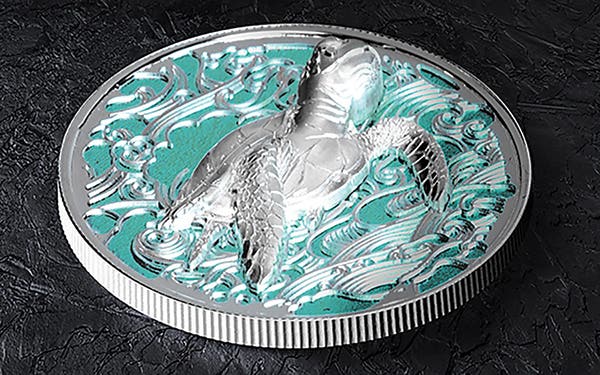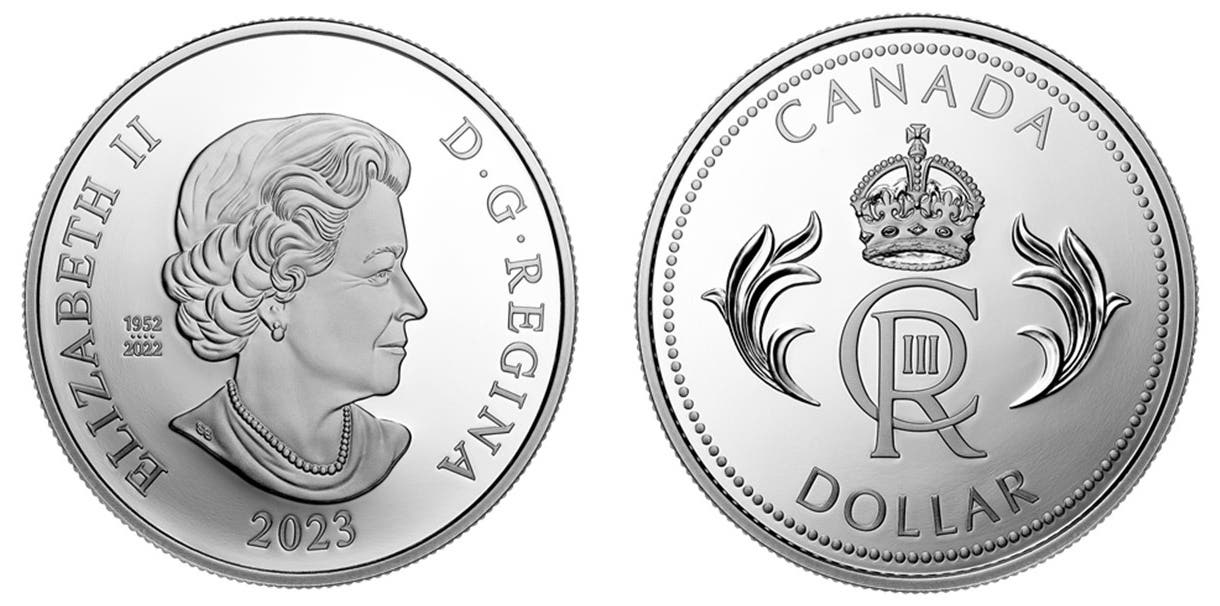Britannia Still Rules the Waves
Images of Britannia have appeared on coins of the British Isles since Roman times. The first images of Britannia were based on Tiberius Claudius Caesar Britannicus, (AD 41-55), the son…
Images of Britannia have appeared on coins of the British Isles since Roman times. The first images of Britannia were based on Tiberius Claudius Caesar Britannicus, (AD 41-55), the son of Roman Emperor Claudius with his third wife Valeria Messalina. The British Isles were named for this son.
During the second century Roman Emperor Hadrian (AD 177-138) resurrected the image on coinage, but this time as a female Britannia perhaps inspired by goddess of war Minerva. Hadrian justified the change as portraying naval strength. Antonius Pius (AD 138-161) followed with further depictions of Britannia on Roman coins. The image was then put to rest until the 17th century.
King Charles II introduced England’s first regal farthing coinage in 1672, a copper coin on which a female Britannia appears seated on a rock holding an olive branch and spear with Union Jack on shield resting nearby. A copper half penny depicting Britannia on the reverse quickly followed. The portrayal is likely borrowed from the earlier Roman depictions.
Member of Parliament and famed diarist Samuel Pepys speculated the first English coin on which Britannia appears may have used a likeness of Frances Teresa Stewart (or Stuart), later the Duchess of Richmond and a mistress of the king.
Beginning in 1699 the image of the seated Britannia would occasionally be altered but would continue to appear on first English and later on British coinage. Britannia appears on late 18th century privately issued tokens, on trade dollars and pennies during the reign of George III, on additional silver coins by the time of Edward VII, on officially issued British World War One medals, and on the current 50 pence. A vignette of Britannia has appeared on British bank notes.
Today Britannia graces the obverse of gold and silver bullion Britannia coins where she is featured in robes blowing in the wind while holding a trident and shield with Union Jack. The gold coins were introduced in 1987, followed by the silver ten years later. A platinum version was introduced in 2018.
Britannia continues to make numismatic headlines, and history, as it has been recently announced the image appearing on a new limited edition 2021 coin depicts Britannia as a woman of color.
All coin designs are approved first by a committee and then by the queen. The innovative coin portrait comes at a good time, considering there has been discussion of if someone in the royal family may hold prejudice against people of color, in particularly the duchess of Sussex. While no accurate statistics could be found in time for publishing this article, it is likely the majority of citizens of the Commonwealth are of ethnicities other than white European, this being another good reason to depict Britannia in a more all encompassing way. It should be understood coin designs take months to prepare, meaning it is a coincidence rather than a reaction to accusations of prejudice that the change in appearance of Britannia should be announced at this time.
The new Britannia depiction was designed by Irish children’s book illustrator P.J. Lynch. Lynch said, “Her face evolved from my imagination. I didn’t think Britannia symbolized nobility or a great leader, but an embodiment of people and the whole of Britain. I thought about all the faces I see walking on the streets, and I wanted to reflect that diversity. I certainly didn’t want one particular woman, she’s very much an amalgam.”
Deputy Master of the Mint Anne Glossop said, “It is a huge step change for us. Our work is at the core of representing society and the heritage of a nation, and we need to reflect that.”
The mint web site offers the 2021 coins with description: “Discover a new side of Britannia. The flagship coin of The Royal Mint makes its emphatic return for 2021 with two stunning new designs, featuring two fresh interpretations that truly embody modern day Britain.”
The mint web site doesn’t give any further description of the new coins, although the newly designed coins are depicted. The illustrations include a two-ounce gold proof with mintage of 220 pieces and one-ounce silver proof with mintage of 7,500 pieces.








